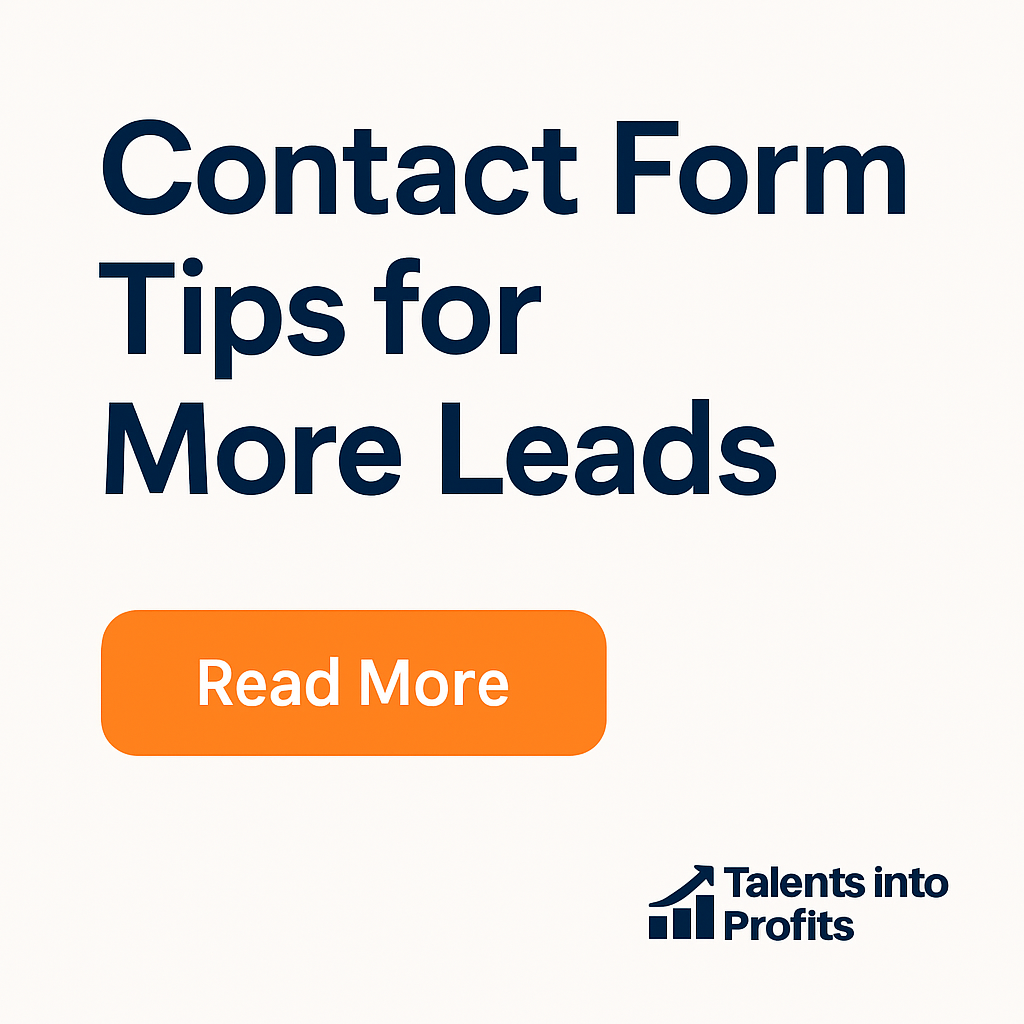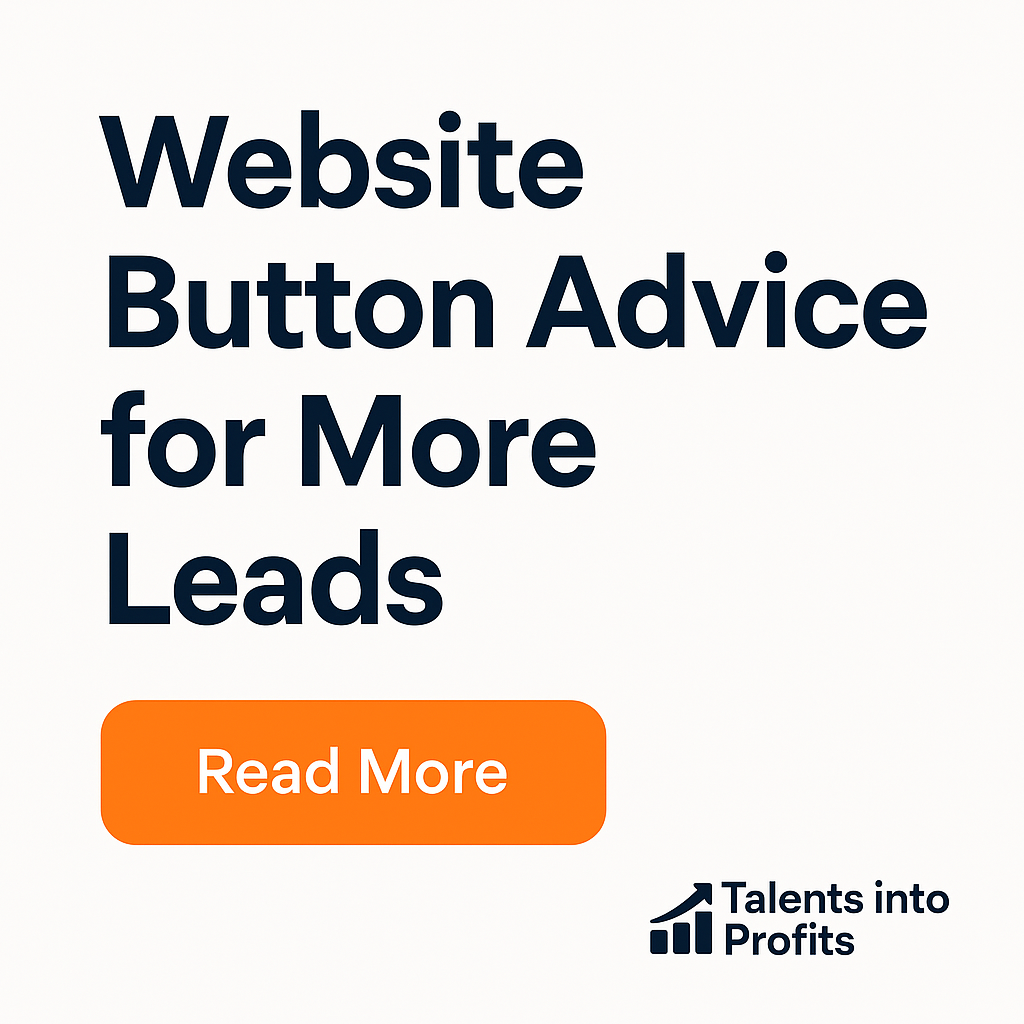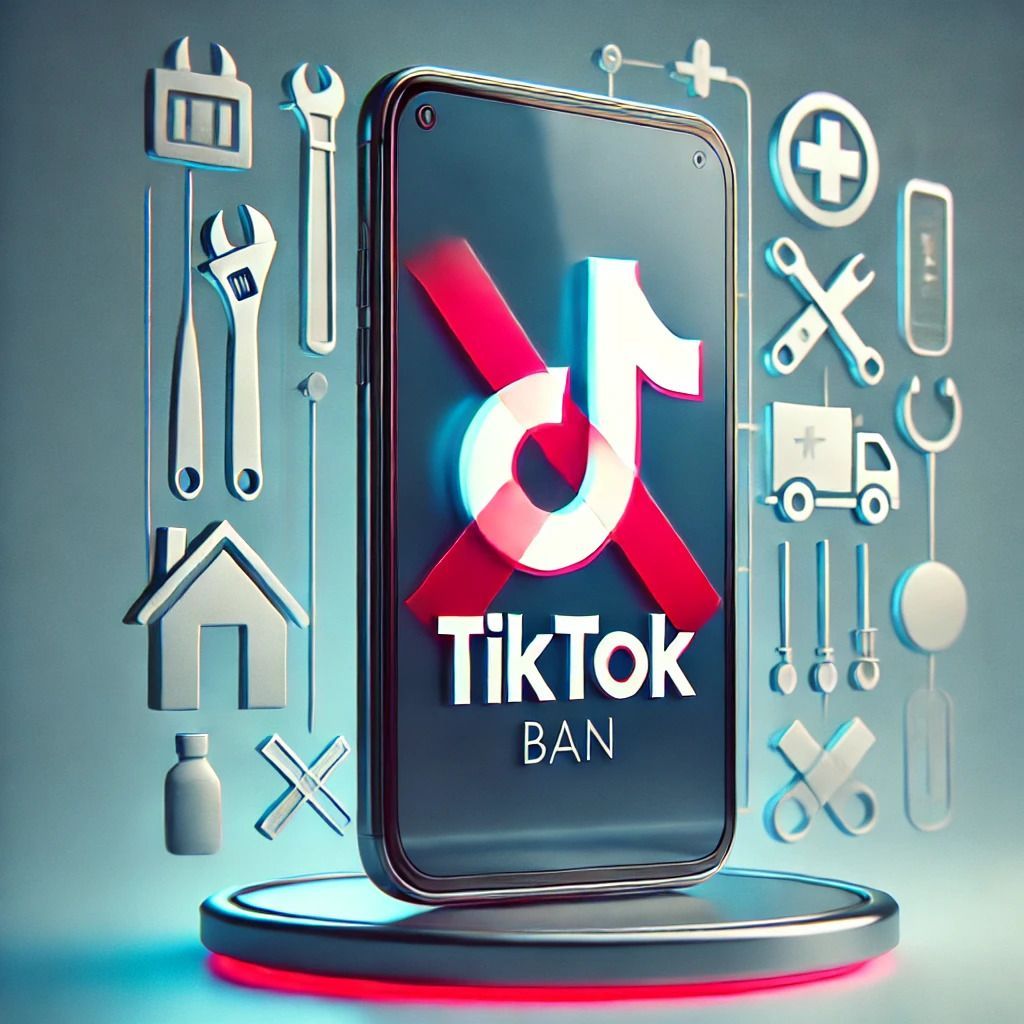HR Secrets Every Home Improvement Company Needs to Know
Having previously ran staffing, marketing, accounting and billing, pharmacies, and local shops, skilled labor is the hardest to hire for. In this article I'll do my best to highlight how we hired with a very high probability of long-term placement. Enjoy!
What you'll learn from this Labor Hiring Guide
- Labor Force Overview and Stats
- Salaries - What do I offer
- What health insurance do I offer?
- Do I offer Dental and Vision coverage?
- What types of bonuses do you offer?
- 401k vs. Pensions
The 2025 Labor Force Overview
As of December 2024, unemployment is down to 4.3%, but America is getting older and faster. America will need an additional 500,000 skilled labor workers in 2025 due to the age of our current labor force. Why?
You may love the work, but you and your teammates can’t install roofs, gutters, plumbing, or HVAC systems well into your 60s and 70s. One in three Americans will develop a chronic disease! Look at your team; someone will get a disease that limits their ability to perform their work in the next few years. Sorry, but those are just facts straight from the CDC!
Did you know that mental distress affects 16% of all laborers?
I bring these up because you need to prepare for a loss of personnel every day. You need to have health insurance for your people. The more support you give top performers, the longer they stay, and the more likely they are to help you bring in more people like them. Birds of a feather flock together.
Offering competitive salaries
Research Local Salary Wages
Where you live and where you service customers is a huge factor in establishing your prevailing hourly wages. If you live in NYC, you better not offer Omaha salaries! You’ll need to do your homework.
If you follow our worksheet, the tab labeled “research hourly” will walk you through visiting different job posting and hiring sites and recording their hourly posted jobs. Why?
Every site differs, some of them drastically.
Make sure you visit posting sites like LinkedIn, Indeed, Monster, and all of the social media platforms to see if there is a variance in the hourly pay and benefits you offer your employees.
Thorough research helps you spot outliers—those job postings with inflated pay or flashy benefits. It also lets you establish a fair average for your area. So, when a candidate says, “I need more per hour,” you can confidently respond, “Sounds like you’ve been browsing Indeed or Monster. Other platforms show a more accurate range, and here’s why we’re worth it.”
You can also overcome the same objection by saying a lot of the companies posting on those job sites they're in desperation mode they need to fill the roles immediately and I'm looking to hire for growth.
This is going to place your company at a higher echelon and allow you to weed out those who are just looking for a quick job to balance from one paycheck to the next and allow you to find the person who could be a long-term fit, impossible future leader.
Annual salary increases
Over the past 25 years, we've held steady with the idea that annual salary increases should match or be one to three percent higher than the inflation rate. For example, if you want to increase your team members' salaries in 2024, you want to find the inflationary rate, which could be two to three percent. You tried to decide financially if you would offer them a two to three percent salary increase to match inflation or go above and beyond that by one to three percent higher, equating to 4, 5, or 6%.
Documenting this within your HR handbook allows you to stay true to this every single year. Also, it gives your employees a realistic expectation of the possible salary increase. This also allows you to give a 01 or remaining at the current salary if the inflation rate is 0% to 1%.
In our downloadable worksheet, go to “ann. increase” and follow the steps. It’s easy.
What health insurance do I offer my home improvement team?
Let’s face it: injuries happen - roofing, plumbing, HVAC, or landscaping. That’s why liability insurance is a must to protect your company and customers.
Liability costs keep climbing, but skipping health, dental, and vision insurance isn’t an option. Offering these benefits is essential for attracting top talent, keeping them loyal, and returning them to the job after an injury.
Employer-sponsored health plans should ideally follow an HMO structure. This approach provides employees with a set network of providers and incorporates step therapy protocols. With step therapy, employees must first consult a primary care physician within the network before being referred to a specialist.
This structured process helps control health insurance costs by preventing unnecessary visits to specialists or emergency rooms for minor issues. Instead, employees are encouraged to rely on their primary care or internal medicine doctors for initial care and guidance.
Keep an Eye on Employer and Employee Plan Costs
In the past 3 years, employer-sponsored plans have risen 7% while private insurance (bought by individuals) has risen 14-24% depending upon the plan type, patient history, and a bunch of other factors. Either way, a 7% hike is huge for your company. It’s the prime reason why offering health insurance is a risk for you but safeguards your employees from not getting a 14-24% hike in individual premiums. Do the right thing and offer employer-sponsored health insurance.
That said, sticking with the same employer-sponsored plan year after year could cost you more than necessary. Make it a habit to reassess your options annually. Review the premium increases and the total cost of providing health, dental, and vision insurance under your current plan, and compare it to alternatives. You might find a better option that saves money while still meeting your employees’ needs.
In the downloadable guide, you can go to the tab labeled “ins. Compre” and run the quotes from insurance brokers. Click here to Download the FREE file.
Most Common Employer-Sponsored Insurance (ESI)
Group health insurance is the most common type of employer-sponsored insurance (ESI) in the United States. These plans are often offered as Preferred Provider Organizations (PPOs), Health Maintenance Organizations (HMOs), or High-Deductible Health Plans (HDHPs) paired with Health Savings Accounts (HSAs). Among these, employers most widely provided PPO plans due to their flexibility in allowing employees to see a broader range of healthcare providers. These plans serve as a foundational benefit for employees, offering coverage for various medical services and reducing financial risks associated with healthcare expenses.
Coverage of Medical Bills
Employer-sponsored insurance rarely covers 100% of an employee's medical bills. Typically, employees share costs through premiums, deductibles, coinsurance, and copayments. For premiums, employers cover an average of 70% to 80%, leaving employees responsible for the remaining 20% to 30%. Deductibles, which must be paid before insurance begins to cover medical expenses, average between $1,500 and $2,000 annually for single coverage. After meeting the deductible, employees often pay coinsurance, 10% to 30% of costs, or fixed service copayments. Out-of-pocket maximums, ranging from $3,000 to $8,000 annually, cap the total amount an employee pays for covered services within a year.
Typical Employer Contribution Rates
Employers significantly offset the cost of health insurance premiums. On average, employers cover 82% of the premium for single coverage and about 72% for family coverage. This substantial contribution reduces the financial burden on employees, making healthcare more accessible. However, the employee share can still vary significantly based on the company's size and the plan's comprehensiveness. Larger employers often offer richer benefits, including higher premium contributions, than smaller businesses.
Additional Insights on ESI
Most ESI plans include network restrictions, meaning employees may pay more if they seek care from out-of-network providers. However, preventive care services, such as annual checkups and vaccinations, are typically covered at 100% as mandated by the Affordable Care Act (ACA). Despite employer contributions, employees are increasingly concerned about rising out-of-pocket costs and premiums. While 56% of employees rate their ESI plans as "good" or "very good," the financial strain associated with deductibles and copayments continues to be a growing challenge.
Should I offer Dental Insurance?
Dental insurance can be a bit of a headache—ironically, not something it covers. Here’s the deal: half your team won't use it if you pay for it as part of your employee benefits. It's like tossing money down the drain, except the drain is a fancy dental chair nobody’s sitting in.
When I ran a PEO (that’s a Professional Employer Organization for those of you not fluent in HR-speak), we took a more innovative approach. Instead of making dental insurance part of the standard package, we made it optional. I worked with our health insurance broker to set it up so that employees who wanted dental coverage could enroll, and if they signed up, we covered a portion of the cost. But if they didn’t care about cleanings or crowns, they didn’t have to opt in, and we didn’t waste money on unused benefits.
This setup worked like a charm. The employees who wanted dental coverage got it, and we avoided paying for benefits no one was using. Plus, everyone appreciated the flexibility. So, if you’re thinking about offering dental insurance, make it optional. Let your team decide if they want to take a bite out of the coverage—or just keep smiling without it. Your wallet (and your employees) will thank you!
Should I offer Vision Insurance?
Vision insurance is kind of like dental insurance’s nerdy cousin—nice to have, but not everyone feels the need for it. I’ve always handled vision coverage the same way I’ve handled dental: keep it optional. When we offered it to employees, we made it clear it wasn’t automatically included in their benefits package, and I suggest you do the same. Why? Because not everyone wants it, and there’s no point in paying for a benefit most people won’t use.
The key here is education. When you’re explaining health benefits to your team, make sure they understand that dental and vision coverage are in the “nice to have but optional” category. Let them know you’re willing to cover part of the cost, but they’ll need to chip in, too. That means a little deduction from their paycheck if they opt in. It’s fair, it’s flexible, and it puts the power in their hands to choose what works for them.
By keeping vision insurance optional, you save money and let employees decide if they need it. After all, some folks are fine squinting through life, while others are lining up for new frames every year. Either way, it’s a win-win for your business and your team!
Let's Talk Home Improvement Bonuses
The greatest thing about bonus and commission structures is that you can make them based on how your business operates. You can elect to do Performance bonuses based on attendance, The number of write-ups, South generated referrals or sales projects, assisting with hiring new individuals such as referring a friend, family, or personal Network to join the company so that you don't have to pay recruiters, profit or revenue sharing bonus at the end of the year, and even a per job a bonus.
Performance Bonuses
This is the hardest one to describe and set up within your HR handbook and payroll system. Performance can be based on whatever you believe is pertinent to the company's success, client satisfaction, and overall Improvement. Some of the things you can consider are certifications and training that you provide. You can even give them a nice little sheet saying they graduated or passed your test, which can build morale.
Write-Up Bonuses
Write-up bonuses are a simple yet effective way to encourage accountability and reward good behavior. Here’s how it works: Start with an annual bonus of $1,000, $2,000, or more. Employees earn the full amount if they avoid formal write-ups during the year. For each write-up, a flat $500 is deducted from their bonus. For instance, if an employee begins with a $2,000 bonus but gets three write-ups, they’d take home $500.
If an employee accrues more deductions than their write-up bonus covers, the remaining balance can be subtracted from other performance-based bonuses. For example, if an employee with a $1,000 write-up bonus incurs $1,500 in deductions, the extra $500 could be taken out of another bonus they’re set to receive. While this system adds a layer of financial accountability, it complicates payroll and bonus management. Tracking negative balances across multiple bonuses can create additional accounting work, so weigh the administrative effort against the potential benefits of this approach. It’s a powerful incentive but needs careful handling to keep things running smoothly!
Referral Bonuses
There’s an old saying: “Everybody in the company sells.” I’m a big believer in that; hopefully, you are too. Why not empower your team to be ambassadors for your home improvement business? Train them to post on social media, share stories about your company, and talk about what you do. With a little effort, they can help generate referrals and new projects whenever and wherever they go.
To keep it simple (and avoid payroll chaos), set a flat fee for every job they bring in—no matter the size. Trust me, you don’t want to do a percentage-based commission because they’ll focus only on chasing the big jobs, and you need a fully booked calendar, not just the occasional jackpot.
To determine the right flat fee, look at your average revenue per project. For instance, if your average client pays $5,000 per job, consider offering a $500 referral bonus for every project they bring in. This straightforward approach makes it easy to manage, and your payroll system will thank you. Remember, you’ll need to track these referrals to ensure bonuses are paid fairly. With everyone on your team working as part-time sales reps, you might just see your calendar—and profits—fill up faster than ever!
Online Reviews Bonuses
Before you start handing out bonuses to employees who help you snag 5-star reviews, you’ll need to train them to ask for reviews correctly. That’s where an agency like ours comes in. We’ll provide scripts, reasoning, and collateral to ensure your team knows how to ask confidently and professionally—without it feeling awkward or forced. The goal is to make the process seamless for your employees and customers.
To make things even more motivating, consider offering a branded certification for employees who excel at obtaining 5-star reviews. Certifications don’t just build morale—they also create that fear of missing out effect. If one team member gets recognized, others want to step up their game to earn that same brag-worthy certificate.
When it comes to the bonus structure, keep it simple: only 5-star reviews are eligible for bonuses. Offer a flat fee—like $50 or $100—for every 5-star review an employee helps secure. Want to take it up a notch? Reward employees who can successfully recontact customers who left lower ratings (like 3, 2, or 1 stars) and turn those into 5-star reviews with an additional bonus. Those high-quality reviews do more than boost your reputation—they’re the secret sauce to skyrocketing your Google Map rankings. Let your team help drive your business to the top, one stellar review at a time!
Click here for more FREE articles on reviews can be found here
Profit Sharing vs Revenue Sharing
I’ve never been a big fan of profit sharing or revenue sharing—unless you’re talking about someone who’s a partner or a director of operations. Why? Because these are the folks who can reverse-engineer your numbers or use basic math to figure out your true revenue and profits. Handing out a piece of the pie to just anyone can get tricky, especially when transparency about your financials isn’t something you want to share too widely.
If you decide to offer profit sharing, remember you can generally afford to give a higher percentage than revenue sharing. Revenue is the top-line number, calculated before deducting the costs of goods and services (COGS), so sharing from that pool leaves less room for your business's operating expenses. Conversely, profit comes after those costs are covered, so sharing a percentage of profits can be a more sustainable option.
The first step is determining who will be eligible for profit or revenue sharing. Is it your leadership team? Key contributors? Next, determine the total amount you’re willing to allocate. Once you have that figure, distribute it fairly among the chosen individuals. This approach keeps things structured, ensures everyone understands their share, and avoids unnecessary confusion or disputes. Ensure you’re intentional about who gets a slice and how much they bite off!
401k vs. Company Pensions
401k vs. Company Pension
Regarding retirement benefits, home improvement companies have two main options: the 401(k) plan and the company pension plan. Both are designed to help employees plan for their future but differ significantly in structure, cost, and employee expectations. Let’s break them down so you can decide which is best for your business.
What Is a 401(k)?
A 401(k) is a defined contribution plan where employees can set aside a portion of their pre-tax income for retirement. Employers can choose to match a percentage of these contributions to incentivize participation.
Advantages of 401k
- Flexibility: Employees can tailor their contributions to their financial goals.
- Lower Cost: Employers only need to contribute if offering a match, keeping costs predictable.
- Attraction Tool: Employees expect 401(k) options, making it a competitive advantage when hiring.
Disadvantages of 401k
- Market Risk: Employees bear the risk of investment performance.
- Administrative Burden: Requires ongoing management, compliance, and employee education.
What Is a Company Pension Plan?
A pension plan, a defined benefit plan, guarantees employees a specific amount upon retirement. This is typically calculated based on their salary and years of service. The employer funds and manages the plan.
Advantages of Pension Plan
- Predictability: Employees know exactly what they’ll receive in retirement, offering peace of mind.
- Employee Loyalty: Pensions often incentivize long-term employment, reducing turnover.
- Recruitment Edge: Rare in today’s workforce, offering a pension can make your company stand out.
Disadvantages of Pension Plan
- High Cost: Pensions require a significant, ongoing financial commitment from the employer.
- Complex Management: Employers handle all funding and bear the investment risk.
- Less Common: Employees may not expect pensions and prefer a 401(k) due to portability.
| Feature | 401(k) | Pension Plan |
|---|---|---|
| Funding Responsibility | Employee w/ Employer Match | Employer |
| Investment Risk | Employee | Employer |
| Portability | High (can roll into IRAs) | Low (typically not portable) |
| Cost to Employer | Lower | Higher |
| Predictability for Employee | Variable based on investments | Fixed retirement income |
Which Option Is Best for Your Home Improvement Company?
Go with a 401(k) if:
- You want a flexible, lower-cost option.
- Your workforce values the ability to control their investments.
- You want predictable costs without long-term funding obligations.
Opt for a Pension Plan if:
- You want to prioritize employee retention and long-term loyalty.
- Your business has consistent cash flow to manage long-term commitments.
- You’re looking for a standout benefit that sets your company apart in recruitment.
- Some companies offer a 401(k) and a small pension plan to provide flexibility while ensuring employees have a safety net. This hybrid approach might be worth considering if your budget allows.
Final Words
At Talents Into Profits, we’re more than just a marketing agency—we’re your growth partners. We offer business coaching and consulting to help you tackle every aspect of your business. That’s why we created this article and provided the free download—it’s all about giving you the tools to succeed.
Over the past 20 years, we’ve built relationships with HR professionals and recruiters nationwide. If you’re looking for expert guidance or need recommendations for software solutions to streamline your operations, we’d be happy to make an introduction. Whether you’re just starting or scaling your business, we’re here to help.
Let us know how we can support your journey by filling out our contact form. We look forward to partnering with you and wish you nothing but success!
Need Help with your Marketing?
We promise there are no hard sells, just facts, and see if we're a good fit for future growth moving forward.

